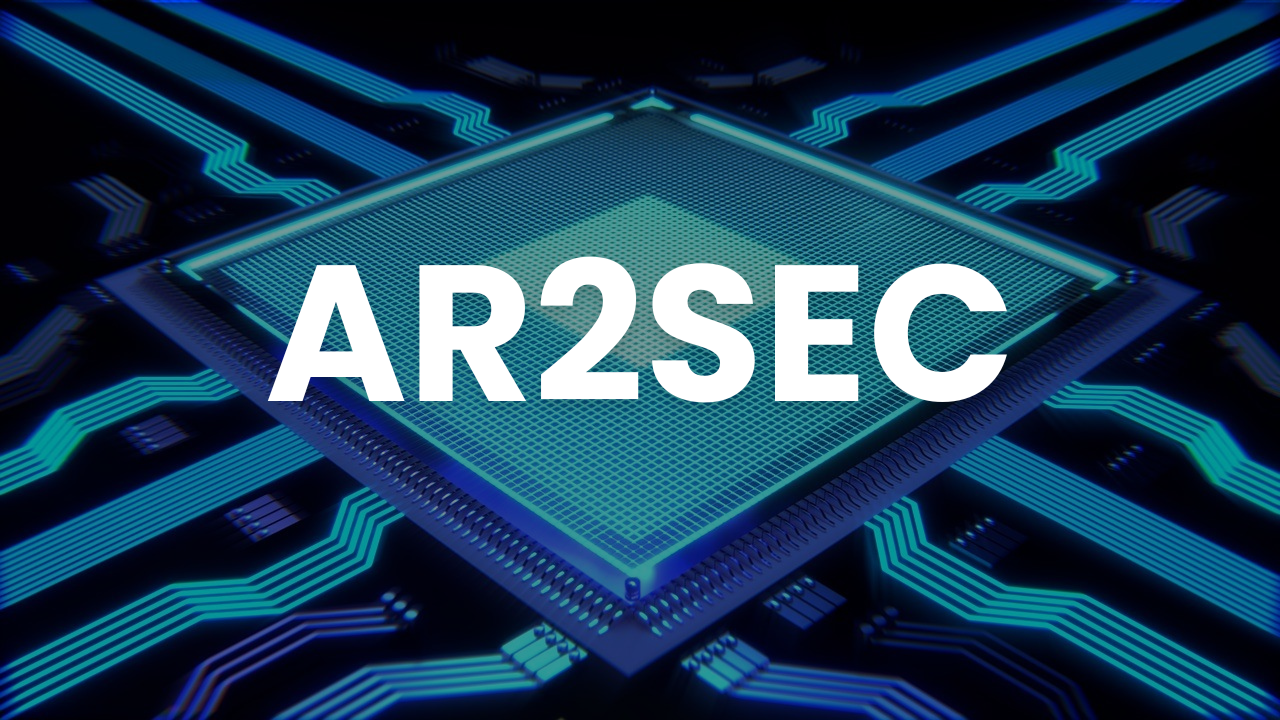Europe has been given a huge boost after the continent’s first spaceplane completed a successful research mission by splashing down safely in the Pacific Ocean on Wednesday afternoon.The European Space Agency (ESA) sent the car-sized craft into space from French Guiana around 14h40 CET, after a 40-minute delay.Boosted by Europe’s lightweight Vega rocket, the IXV flew a suborbital mission culminating in landing and recovery in the Pacific Ocean after around 102 minutes of flight.It is hoped the re-entry of IXV into the Earth’s atmosphere will provide vital data to help improve the ESA’s back-to-earth technology. It could pave the way for the development of Europe’s first reusable space transportation system.“The cutting-edge technology we validated today, and the data gathered from the sensors aboard IXV, will open numerous opportunities for Europe to develop ambitious plans in space transportation for a multitude of applications.” SPANISH PARTICIPATION:The participation of Spanish industry in this mission has been of extraordinary importance in various fields, such as design and mission analysis; subsystem autonomous flight control (GNC); the onboard software; and one of the experiments, the VMI (Vehicle Model Identification), independent validation of embedded software and major changes in the European Spaceport in Kourou for a specific launch trajectory of Vega rocket.GTD has participated in the IXV project from two different points of view in the development of the vehicle itself, GTD has taken responsibility for the verification and certification of the onboard software of the vehicle. It is an activity that takes place in all those missions ESA high criticality in which it is required that a completely separate development team, team check the whole process of development of embedded software. This activity requires the involvement of experienced engineers with extensive experience and your task is to find possible errors in the design and implementation of embedded software.On the other hand, for this particular mission, Vega has been launched from the European Space Centre with a specific and unusual trajectory (east). Therefore the radars and telemetry systems have been set up and specifically configured for a launch of this type. These tools are essential to ensure that the trajectory of the launcher does not generate risks to people, property or the environment. ABOUT GTD AT KOUROU SPACE CENTERSince 2003, each time an Ariane 5, a Soyuz or a VEGA are launched from the spaceport in Guiana, as well as the payload, many hours of work are required from GTD’s technical teams. GTD supplies services and software in practically all steps of an Ariane 5 mission – from the launcher's flight program to the responsibility of ground systems that control the launching operations, as well as the radars, telemetry and mission control systems. Each launch is also a challenge for GTD’s team, who is responsible for all the computer systems at the launch site. Each launch is a fresh new project; there is no routine, which means our engineers always embark on an adventure than goes beyond technical jobs that require a lot of responsibility. Countdown: The campaign to prepare a launcher takes about 22 - 30 working days, and a campaign to prepare the payload (satellite) takes from 4 weeks to 5 months (depending on the mission and its magnitude). Our teams are currently able to launch up to seven double Ariane 5, up to four soyuz and up to two Vega per year, that is, 14 telecom satellites and 4 to 6 EO and scientific spacecraft every year. Launch day: The end of the countdown is near. The final operations to fill the liquid propellants on the Ariane 5, and then the ground operation tests are carried out on the launcher. During this stage, gtd's staff is working hard all round the Spaceport. In the launch site's bunker, the technical centre, in Des Pêres Mountain where the radar and telemetry installations are, in the meteorological centre where the last conditions before the launch is authorised. At the same time, a support team is configuring a backup of the computer systems in Barcelona, 8,000 km away from the Ariane 5, which is already letting out oxygen steam. Ariane is launched: Once the launcher is in the air, it is controlled on board (by the embedded computer) and from the Jupiter Control Centre (CDC). These two systems were also designed by GTD’s engineers and are currently being operated by GTD’s engineers, too. Once the launcher releases the payloads (at a height of 500 - 600 km), everyone breathes a sigh of relief and starts clapping and cheering and congratulating each other; but our engineers are already thinking about the next mission that starts the following morning...



.jpeg)













